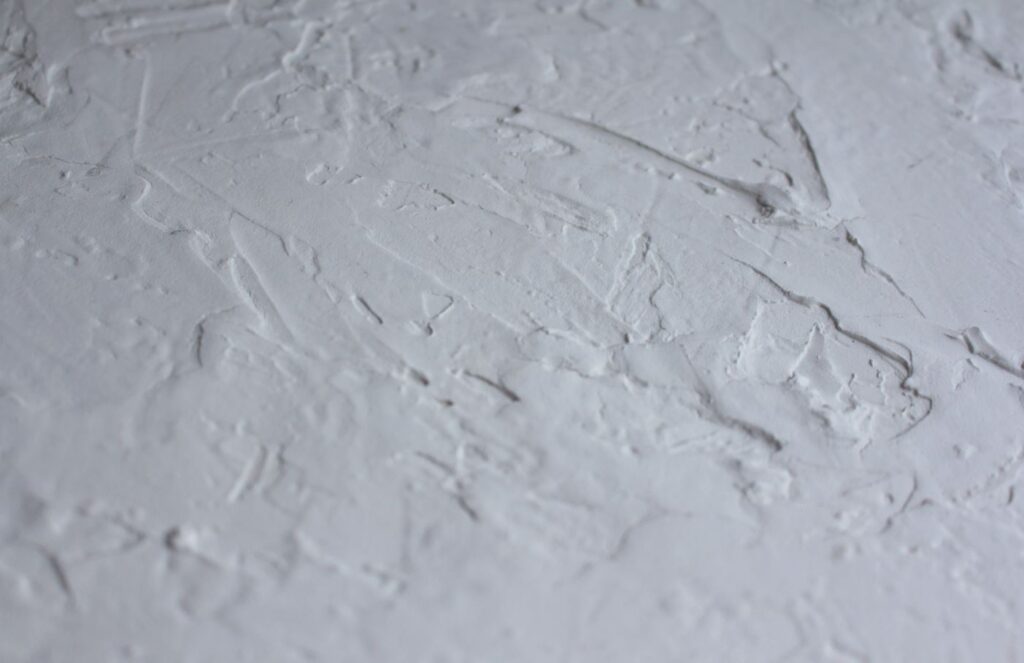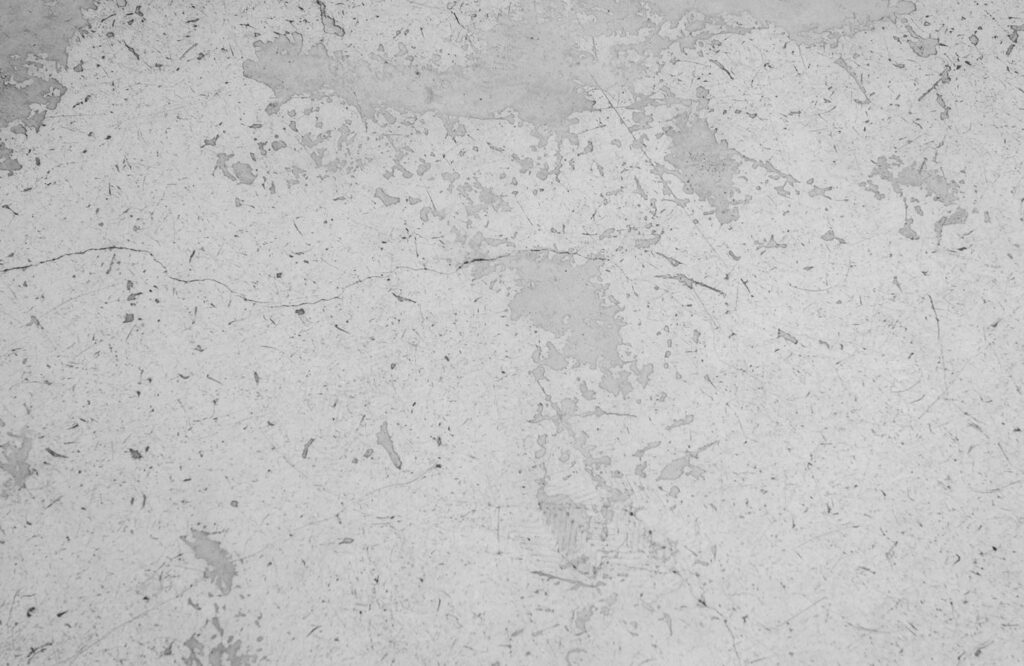Plastering is an essential finishing technique in construction, offering both aesthetic appeal and added durability to walls, ceilings, and other surfaces. While plastering is a critical component of any construction or renovation project, it can sometimes lead to problems if not executed properly.
These issues, such as cracking, blistering, and delamination, can impact the overall finish and longevity of the plaster. In this article, we will delve into the common plastering problems and provide tips on how to avoid them to ensure a smooth and long-lasting finish.
Let’s Get Straight To The Point
Plastering is essential for enhancing the appearance and durability of surfaces, but common issues like cracking, blistering, and delamination can occur if not done properly. To avoid these plastering problems, use the correct plaster mix ratio, ensure proper surface preparation, and apply plaster in thin, even layers.
Moisture control and proper curing techniques are also crucial for a durable finish. For damp areas, use moisture-resistant plaster and maintain good ventilation. Following the best plastering application techniques and choosing the right plaster finish can help achieve a smooth, long-lasting result.
Why Is Proper Plastering Important?
Plastering serves two primary functions in construction: enhancing the appearance of surfaces and adding durability. When applied correctly, plaster provides protection, strength, and a smooth, even finish.
However, improper techniques or poor-quality materials can lead to plastering problems that undermine the quality of the work. Ensuring the proper application of plaster is essential to avoid costly repairs and ensure the finish lasts for years.
Common Plastering Problems and How to Avoid Them
Several issues can arise during or after plastering. Below are the most common plastering problems and how to prevent them.
Cracking in Plaster
Cracking is one of the most common problems faced during plastering. Cracks can occur due to several factors, including:
- Incorrect plaster mix ratio: A poorly mixed plaster can result in weak adhesion and cracking.
- Inadequate surface preparation: If the surface is not cleaned or primed correctly, it can cause plaster to fail and crack.
- Rapid drying: Plaster that dries too quickly, especially in hot or windy conditions, may shrink and crack.
How to Avoid Plaster Cracks:
- Use the Right Plaster Mix Ratio: Always ensure the plaster mix ratio is correct, typically a 1:3 cement-to-sand ratio for most internal plastering. Follow the manufacturer’s guidelines to achieve the optimal mix.
- Proper Surface Preparation: Thoroughly clean the surface before applying plaster. This ensures better adhesion and reduces the risk of cracking.
- Control Drying Speed: Keep the plaster damp as it sets, especially in hot or dry conditions. This prevents it from drying too quickly and cracking.
Blistering in Plaster
Blistering in plaster is characterised by small bubbles or raised spots on the surface. It occurs when air or moisture gets trapped underneath the plaster. The main causes of blistering are:
- Excessive moisture in the substrate: Damp surfaces trap moisture, leading to blistering.
- Inadequate ventilation: Poor airflow during plastering can lead to trapped moisture and blistering.
- Overly thick plaster layers: Applying plaster too thickly can prevent proper drying and cause blistering.
How to Avoid Blistering in Plaster:
- Apply Thin Layers: Apply plaster in thin, even layers to ensure it dries uniformly and to reduce the risk of blistering.
- Ensure Dry Substrate: Before applying plaster, make sure the substrate is dry. Moisture trapped beneath the surface is the leading cause of blistering.
- Good Ventilation: Ensure the room is well-ventilated during and after plastering to allow moisture to evaporate, preventing blistering.
Delimination in Plaster
Delamination occurs when the plaster separates from the substrate, causing the plaster to peel off. This problem is often caused by:
- Poor surface preparation: Failing to clean and prime the surface can prevent proper adhesion.
- Incorrect plaster mix: A mix with improper ratios may fail to bind correctly.
- Improper plaster application techniques: If the plaster is applied too thickly or unevenly, it can lead to delamination.
How to Prevent Delamination in Plaster:
- Clean the Surface Thoroughly: Ensure the surface is free from dust, debris, and oils before plastering to improve adhesion.
- Use the Correct Plaster Mix: Follow the manufacturer’s recommendations for the right plaster mix ratio to ensure proper bonding.
- Apply Even Layers: Apply plaster in thin, even layers to ensure a strong bond with the substrate. Avoid over-applying plaster, which can lead to delamination.
Key Plastering Application Techniques
Plaster application techniques play a crucial role in achieving a durable and smooth finish. The following tips will help ensure the plaster is applied correctly:
- Use Consistent Thin Layers: Applying plaster in thin, consistent layers is the best way to prevent many common plastering problems, including cracking, blistering, and delamination.
- Smooth the Surface: Use a trowel to smooth the surface of the plaster and ensure it is level.
- Allow Drying Time: Each layer of plaster should be given enough time to dry properly before applying another coat. This helps ensure strong adhesion and prevents defects.
Plastering for Damp Areas: Special Considerations
When plastering for damp areas, such as bathrooms or basements, it is crucial to use moisture-resistant plaster and techniques that control moisture. Damp areas require special care to avoid issues like blistering and mould growth. Always ensure:
- Moisture-resistant plaster is used in areas prone to dampness.
- The substrate is dry and clean before plastering.
- Proper ventilation is maintained to reduce humidity and moisture levels in the room.
Plaster Crack Repair: Fixing Defects
Plaster crack repair is a common task that involves filling cracks with a plaster mix and smoothing out the surface. For minor cracks, a fine plaster mix can be used to fill in the gap, followed by smoothing and blending the area into the surrounding surface. For larger cracks, you may need to apply a bonding agent before re-plastering to ensure proper adhesion.
Plaster Curing Techniques
Proper plaster curing techniques are essential for ensuring that the plaster sets correctly and gains maximum strength. Follow these guidelines for curing:
- Keep the Plaster Damp: Moisturise the plaster during the curing process to prevent rapid drying, which can cause cracks.
- Avoid Heat and Direct Sunlight: These conditions can cause the plaster to dry too quickly, leading to cracks and shrinkage.
- Allow Sufficient Curing Time: Don’t rush the curing process. Let the plaster set for the recommended time to ensure it bonds properly with the substrate.
Conclusion
Plastering is a vital component of construction, contributing both to the aesthetic and structural integrity of buildings. By understanding common plastering problems, such as cracking, blistering, and delamination, and following the right plastering application techniques, you can avoid these issues and achieve a smooth, durable finish.
Whether you’re working on a sand-faced plaster finish, smooth plaster finish, or pebbledash plastering, adhering to proper plastering surface preparation, plaster curing techniques, and moisture control will ensure a high-quality result. With the right approach, you can achieve a flawless plaster finish that will last for years to come.
FAQs About Plastering
What Should I Do If I Encounter Trowel Marks Or Ridges In The Plaster?
Avoid trowel marks by using a damp sponge to smooth the surface while the plaster is still workable. Work in small sections and blend the edges of each section to create a seamless finish.
How Can I Prevent Plaster From Drying Too Quickly And Causing Problems?
Control the drying process by working in manageable sections, keeping tools and materials moist, and avoiding direct sunlight or drafts that can accelerate drying. Consider using a misting bottle to keep the plaster moist if necessary.
What Steps Can I Take To Avoid Color Variations In The Finished Plaster?
Use the same batch of plaster mix for each section, maintain consistent application techniques, and ensure uniform drying conditions throughout the project to minimise colour variations.
How Can I Address Efflorescence Or Mineral Deposits On Plastered Surfaces?
Efflorescence is caused by mineral deposits migrating to the surface of the plaster. Address it by removing the deposits with a stiff brush or mild acidic solution, then seal the surface with a suitable primer or sealer to prevent recurrence.
What Should I Do If I Encounter Mould Or Mildew On Plastered Surfaces?
Treat mould or mildew promptly with a solution of water and bleach, then thoroughly dry the area and improve ventilation to prevent future growth. Consider using mould-resistant plaster or additives in high-moisture areas.



